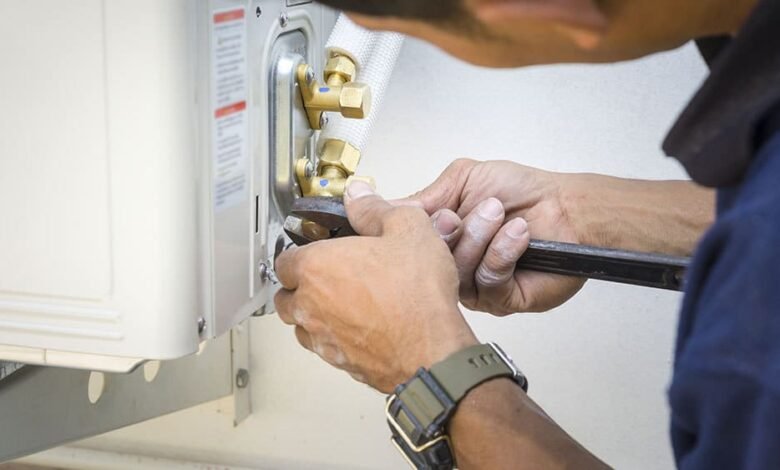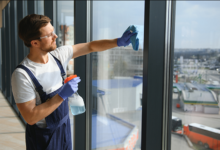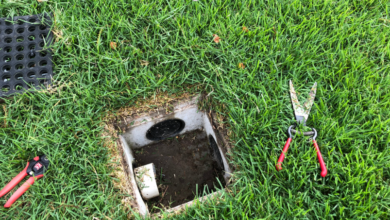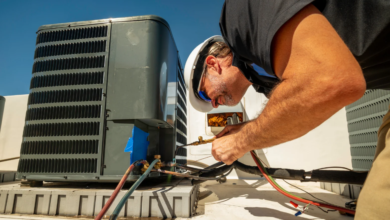Your Essential HVAC Preventive Maintenance Checklist

Your HVAC system is a key investment that keeps your home comfortable year-round, but it needs regular maintenance to stay efficient and reliable. Neglect can lead to higher costs, poor air quality, and breakdowns. This guide offers a preventive maintenance checklist to help you care for your system and know when to call a professional, ensuring better performance and a longer lifespan.
Change Your Air Filters Regularly
One of the simplest yet most critical maintenance tasks is changing your air filters. A clogged filter is the number one cause of HVAC system failure. When a filter is dirty, it forces your system to work harder to pull in air, leading to increased energy consumption and strain on its components.
- Why it matters: Clean filters improve airflow, enhance indoor air quality by trapping dust and allergens, and reduce stress on your HVAC system.
- How often: This depends on your environment. For most homes, changing the filter every 90 days is sufficient. However, if you have pets, smokers, or allergy sufferers in the house, you should check it monthly and replace it as needed. Homes in areas with high pollen or dust might also require more frequent changes.
See also: Flat Glass Rooflight Installation: Transform Your Interiors
Clean the Evaporator and Condenser Coils
Your HVAC system has two sets of coils—the evaporator coil inside and the condenser coil outside—that work together to transfer heat. Over time, these coils collect dust, dirt, and debris, which insulates them and reduces their ability to function effectively.
Cleaning the Evaporator Coil (Indoor Unit)
The evaporator coil absorbs heat from the air inside your home. It’s usually located within the indoor air handler.
- Turn off the power: Always shut off the power to your HVAC system at the breaker box before starting.
- Access the coil: You may need to remove an access panel to get to the evaporator coil.
- Clean gently: Use a soft brush to gently remove dust from the coil fins. For heavier buildup, a no-rinse coil cleaner spray, available at hardware stores, can be effective. Follow the product instructions carefully.
Cleaning the Condenser Coil (Outdoor Unit)
The condenser coil releases the captured heat outside. It’s exposed to the elements and can quickly accumulate leaves, grass clippings, and dirt.
- Turn off the power: Again, ensure the power is off at the breaker.
- Clear debris: Remove any leaves, twigs, and other large debris from around the unit. Trim back any plants or shrubs to ensure there’s at least two feet of clear space on all sides.
- Wash the coils: Use a garden hose with a gentle spray nozzle to rinse the fins from the inside out. This pushes the dirt away from the unit instead of deeper into it. Avoid using a high-pressure washer, as it can bend the delicate fins.
Check and Clean Your Air Ducts
Your ductwork is the circulatory system for your home’s conditioned air. Leaks, blockages, or excessive dust in the ducts can lead to poor efficiency and diminished air quality.
While a thorough duct cleaning is a job for professionals, you can perform a basic inspection yourself.
- Inspect visible ducts: Look for any tears, gaps, or loose connections in accessible ductwork, such as in your attic or crawlspace. Seal any leaks with mastic sealant or metal-backed tape.
- Clean registers and grilles: Remove the vent covers throughout your home and clean them with soap and water. Use a vacuum with a hose attachment to clear out any dust and debris you can reach inside the duct openings.
Inspect Electrical Components
Faulty electrical connections can be a fire hazard and cause system failure. While complex electrical work should be left to a licensed electrician, a visual inspection can help you spot potential problems early.
Safety First: Before you begin, turn off all power to the HVAC system at both the thermostat and the main circuit breaker.
- Check wiring: Carefully look for any frayed, melted, or damaged wires.
- Tighten connections: If you are comfortable doing so, you can check for loose connections. However, if you have any doubts, it’s best to leave this to a professional.
- Look for corrosion: Examine electrical terminals and contacts for signs of rust or corrosion, which can interfere with the system’s operation.
Test Your System’s Controls
Ensuring your thermostat and other controls are working correctly is vital for both comfort and efficiency. An inaccurate thermostat can cause your system to run unnecessarily or fail to turn on when needed.
- Test the thermostat: Switch your system between heating and cooling modes to ensure it responds correctly. Set the temperature a few degrees above and below the current room temperature to confirm that both functions engage and disengage as expected.
- Consider an upgrade: If you have an older, manual thermostat, upgrading to a programmable or smart thermostat can significantly improve energy efficiency by automatically adjusting the temperature based on your schedule.
Schedule Annual Professional Inspections
While DIY maintenance is beneficial, it doesn’t replace the need for a professional tune-up. An experienced HVAC technician has the tools and expertise to perform a more in-depth inspection and service that ensures your system is safe and operating at peak performance.
A professional will typically:
- Check refrigerant levels and look for leaks.
- Inspect and clean burners and heat exchangers in furnaces.
- Lubricate moving parts to reduce friction and wear.
- Test safety controls and system startup.
- Perform a detailed electrical inspection.
Scheduling a professional inspection once a year—ideally in the spring for your AC and in the fall for your furnace—is the best way to catch minor issues before they become major problems. This is especially true for complex issues, like the need for furnace repairs such as those in Midvale, which require expert diagnosis and handling.
Conclusion
Keep your HVAC system running efficiently with simple maintenance like changing filters, cleaning coils, and scheduling annual inspections. This helps save money, improve air quality, and prevent unexpected breakdowns.






